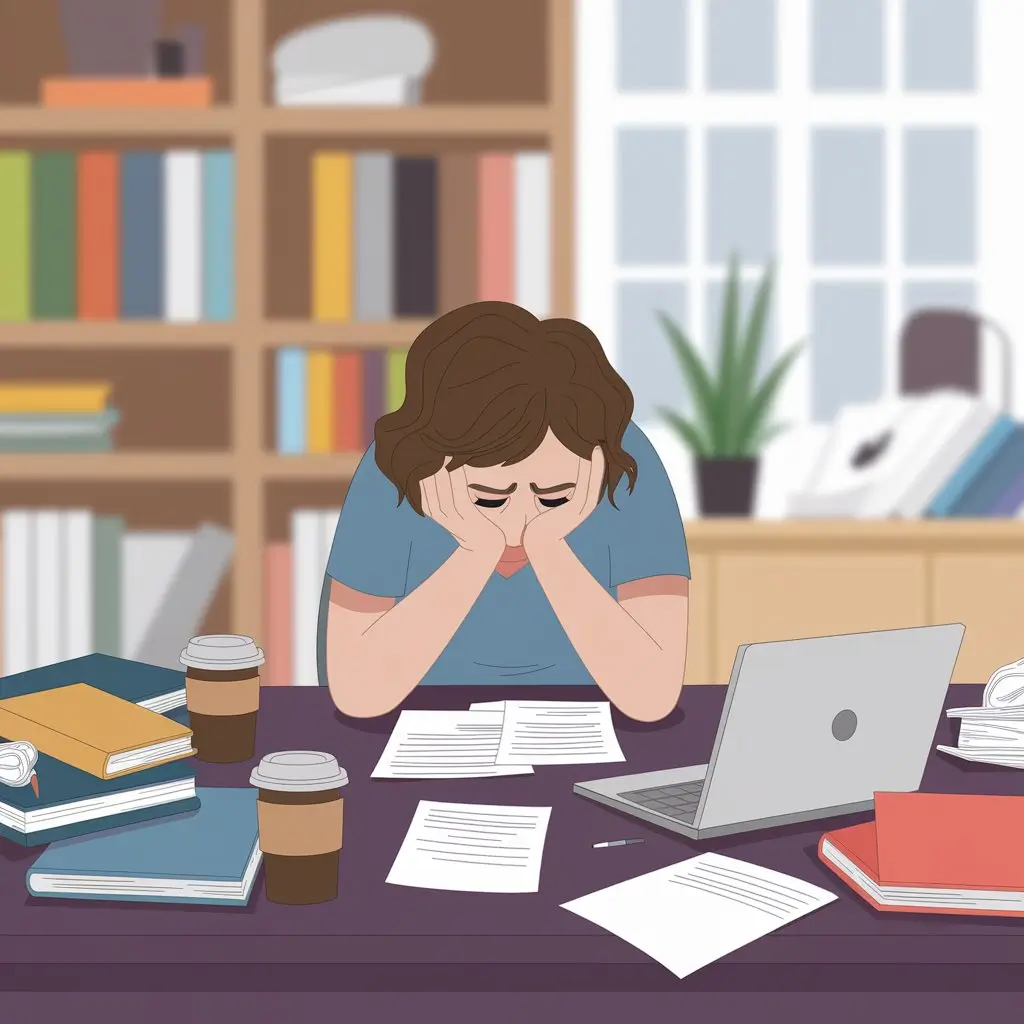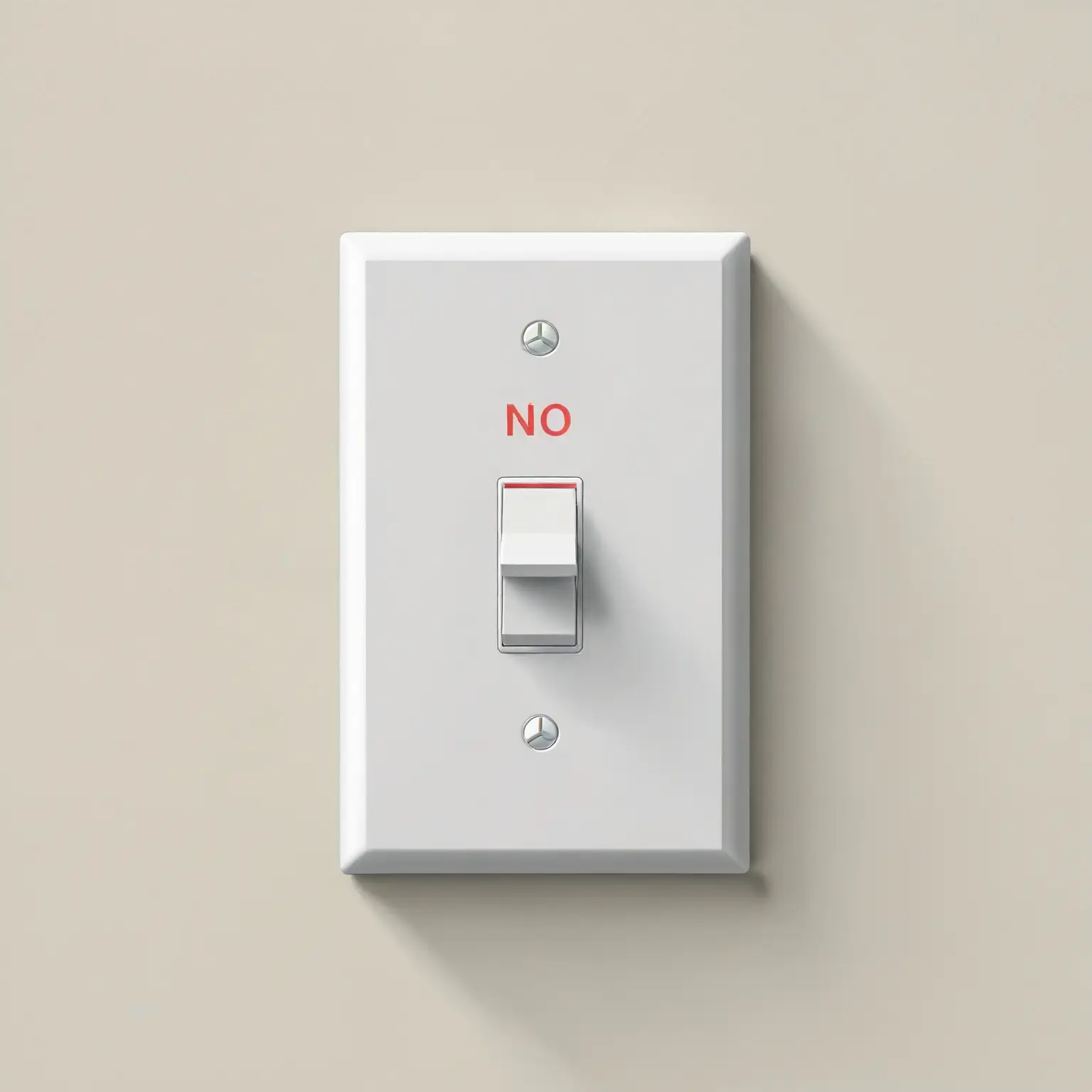In the quest for productivity and success, understanding what fuels our energy and what depletes it is crucial. Energy plays a significant role in our daily performance, influencing not only how effectively we work but also our overall well-being. This article explores the sources of energy that empower us and the drains that hold us back, providing insights into how we can optimize our energy levels for greater productivity.
Understanding Energy
Types of Energy
Energy can be categorized into three main types:
Physical Energy: This refers to the bodily vigor we possess, influencing our ability to perform physical tasks.
Mental Energy: This encompasses cognitive function, focus, and the ability to think creatively.
Emotional Energy: Emotional state determines our motivational levels as well as our resilience and capacity to relate with others emotionally.
The Role of Energy in Productivity
Energy levels directly affect our performance. Energetic states boost both mental clarity and creative problem-solving abilities as well as challenge-solving capabilities but feeling tired diminishes motivation for tasks andWeak energy levels create conditions for task postponement and reduced achievement success.
What Gives Energy
Understanding what energizes us is crucial for optimizing productivity. Here, we delve deeper into the various sources of energy, focusing on physical, mental, and emotional aspects.
Physical Sources of Energy
Nutrition:
Balanced Diet: Consuming a diet rich in whole foods provides the essential nutrients that our bodies need to function effectively. To obtain a balanced diet people need to include diverse combinations of fruits, vegetables, whole grains and lean proteins together with healthy fats.
Foods That Boost Energy:
Complex Carbohydrates: Foods like oats, brown rice, and quinoa release energy slowly, providing sustained fuel throughout the day.
Proteins: Lean meats, fish, legumes, and nuts are vital for repairing and building tissues and can help maintain energy levels.
Hydration: Staying hydrated is often overlooked. Water is crucial for optimal bodily functions, including energy production. Dehydration can lead to fatigue and decreased cognitive function, so aim to drink enough water throughout the day.
Exercise:
Regular Physical Activity: Engaging in regular exercise not only improves physical health but also releases endorphins, the body’s natural mood lifters. Better intellectual focus and boosted energy become achievable through these states.
Types of Exercise:
Aerobic Exercise: Activities like running, cycling, or swimming can significantly boost cardiovascular health and stamina.
Strength Training: The development of muscle tissue raises your metabolism during resting periods thus boosting daily energy and boosting efficiency.
Stretching and Yoga: These practices not only increase flexibility but promote relaxation, reducing tension and stress, which can drain energy.
Sleep:
Importance of Quality Sleep: Sleep is essential for physical and cognitive recovery. During sleep, the body repairs muscles, consolidates memories, and regulates hormones, all of which contribute to overall energy levels.
Tips for Improving Sleep Hygiene:
Consistent Sleep Schedule: Establishing regular sleeping and waking time throughout the day will help your body maintain its internal clock.
Sleep Environment: The combination of darkness with silence and cold ambient temperature enhances sleep quality positively. Blackout curtains together with earplugs and white noise machines help create a suitable sleeping environment.
Pre-Sleep Routine: Establishing a calming pre-sleep routine, such as reading or meditating, can signal to your body that it’s time to wind down.

Mental and Emotional Sources of Energy
Positive Mindset:
Cultivating Optimism: A person with a positive mental approach can boost their motivation and gain more energy. Having gratitude alongside focusing on positive outcomes alongside connecting with positive influences enables the mindset development process.
Techniques for Cultivating Positivity:
Gratitude Journaling: Regularly writing down things you’re thankful for can shift your focus from what drains energy to what uplifts it.
Affirmations: Using positive affirmations can reinforce a positive self-image and boost confidence, leading to greater energy and enthusiasm.
Passion and Purpose:
Finding Meaning in Work: The power of taking part in activities that follow your core beliefs and enthusiasm levels will increase your total energy output. When you find purpose in what you do, it becomes less of a chore and more of a fulfilling experience.
Examples of Finding Purpose:
Aligning Goals with Values: Evaluate your fundamental values to guarantee all your objectives and tasks align with them. This alignment can make even mundane tasks feel meaningful.
Engaging in Hobbies: Pursuing interests outside of work can recharge your emotional batteries and provide a fresh perspective.
Mindfulness and Relaxation:
Role of Mindfulness: Mindfulness practices such as meditation, breathing exercises, and yoga can help center your thoughts and reduce stress, thus conserving energy.
Benefits of Taking Breaks: Regular breaks during work can prevent burnout and maintain focus. Short working intervals followed by frequent breaks according to the Pomodoro Technique improve both productivity levels and energy levels.
Social Connections
Building Strong Relationships:
The Importance of Social Support: Engaging with friends, family, and colleagues can provide emotional support, which is vital for maintaining energy levels. Positive social interactions can boost mood and provide motivation.
Creating a Supportive Network: Surrounding yourself with uplifting individuals can inspire and energize you. Consider seeking out groups or communities that share your interests and values.
Collaborative Work:
Benefits of Teamwork: Working with others can lead to shared energy and motivation. Collaboration allows for the exchange of ideas and encouragement, which can enhance productivity.
Finding Balance in Group Dynamics: While collaboration is energizing, it’s also essential to ensure that team dynamics are healthy and constructive. Addressing conflicts and fostering an inclusive environment can maximize group energy.
What Drains Energy
Understanding what drains our energy is just as important as recognizing what gives us energy. By identifying and addressing these energy drains, we can take proactive steps to enhance our overall productivity and success. Here, we explore the various factors that can deplete our energy, focusing on physical, mental, and emotional aspects.
Physical Energy Drainers
Poor Nutrition:
The Impact of Diet on Energy Levels: Consuming a diet high in sugar and processed foods can lead to significant energy crashes. These foods often provide a quick spike in energy, followed by a sharp decline, leaving you feeling fatigued and lethargic.
Foods to Avoid: Highly processed snacks, sugary drinks, and fast food can contribute to fluctuating energy levels. Instead, focus on whole foods that provide steady energy.
Understanding Nutrient Deficiencies: Lack of essential nutrients, such as iron or vitamin D, can lead to feelings of fatigue. Regularly assessing your diet and considering supplementation (if necessary) can help prevent deficiencies.
Sedentary Lifestyle:
Consequences of Inactivity: A lack of physical activity can lead to decreased energy levels, as sedentary behavior can cause muscle stiffness and reduce overall vitality. Inactive individuals often report feeling more tired than those who engage in regular physical activity.
The Importance of Movement: Even short bursts of activity throughout the day can counteract the effects of a sedentary lifestyle. Simple actions like standing up, stretching, or taking a quick walk can significantly enhance energy levels.
Lack of Sleep:
Effects of Sleep Deprivation: Insufficient sleep negatively impacts cognitive function, mood, and physical performance. Chronic sleep deprivation can lead to long-term health issues and significant decreases in energy levels.
Identifying Sleep Disruptors: Factors such as excessive screen time before bed, caffeine consumption, and an inconsistent sleep schedule can all interfere with the quality of your sleep. Recognizing these disruptors is the first step toward improving your rest.
Mental and Emotional Energy Drainers
Negative Mindset:
The Weight of Pessimism: A negative mindset can be a significant drain on mental and emotional energy. Thoughts of self-doubt, stress, and anxiety can create a cycle of negativity that further depletes energy levels.
Strategies to Combat Negative Thoughts: Techniques such as cognitive restructuring, where you challenge and reframe negative thoughts, can help break this cycle. Practicing mindfulness and focusing on the present moment can also mitigate negative thinking patterns.
Overcommitment:
The Dangers of Saying Yes: Taking on too many responsibilities can lead to burnout. When your schedule is packed, it becomes challenging to maintain high energy levels, resulting in decreased productivity and effectiveness.
Learning to Set Boundaries: It’s essential to recognize your limits and prioritize tasks. Saying no to non-essential commitments can free up time and energy for activities that truly matter to you.
Toxic Relationships:
Impact of Negative Interactions: Engaging with individuals who drain your emotional energy can lead to feelings of stress and exhaustion. Toxic relationships can manifest as constant criticism, negativity, or emotional manipulation.
Managing Difficult Relationships: Identifying and addressing toxic relationships is crucial for maintaining emotional well-being. Setting boundaries, seeking support, or even distancing yourself from negative influences can help preserve your energy.
Environmental Energy Drainers
Cluttered Spaces:
The Burden of Clutter: A disorganized environment can be overwhelming and distracting, leading to increased stress and decreased focus. Clutter can create a sense of chaos, making it difficult to concentrate on tasks.
Tips for Creating an Organized Space: Regularly decluttering your workspace and home can help create a more calming environment. Implementing organization systems, such as storage solutions and designated areas for specific tasks, can enhance focus and productivity.
Noise and Distractions:
The Challenges of a Distracting Environment: Excessive noise, interruptions, or chaotic surroundings can significantly drain mental energy. Constant distractions make it difficult to concentrate, leading to frustration and fatigue.
Strategies to Minimize Distractions: Consider using noise-canceling headphones, creating a designated quiet workspace, or utilizing tools like apps that block distracting websites during work hours.
Unhealthy Work Environments:
The Impact of Workplace Culture: A toxic work environment characterized by poor communication, lack of support, or unhealthy competition can severely affect morale and energy levels. Employees in such settings often feel drained and unmotivated.
Fostering Positive Workplace Dynamics: Advocating for open communication, collaboration, and recognition in the workplace can help create a more positive atmosphere that energizes rather than drains employees.

Emotional and Mental Stressors
Chronic Stress:
The Toll of Ongoing Stress: Chronic stress can lead to mental fatigue and physical health issues. Prolonged exposure to stress can deplete energy reserves and hinder performance.
Techniques for Stress Management: Incorporating stress-reduction techniques such as mindfulness, yoga, or regular physical exercise can help mitigate the effects of stress and replenish energy.
Overthinking and Rumination:
The Drain of Excessive Worry: Constantly overanalyzing situations or dwelling on past mistakes can consume mental energy, leaving you feeling exhausted. This cycle of rumination can hinder decision-making and productivity.
Breaking the Cycle: Practicing mindfulness and grounding techniques can help redirect your thoughts and reduce the tendency to ruminate. Engaging in activities that promote flow, such as hobbies or creative pursuits, can also be beneficial.
Strategies for Balancing Energy
Finding balance is essential for maintaining productivity and achieving success. By implementing effective strategies, you can optimize your well-being throughout the day, ensuring that you remain focused and engaged in your tasks. Here, we explore various techniques to help you manage your resources effectively.
Daily Management
Creating a Balanced Routine:
Establishing Consistent Habits: Developing a daily routine that incorporates time for work, relaxation, exercise, and social interaction can provide a sense of structure and predictability. Consistency helps your body and mind adapt to a rhythm that maximizes your potential.
Time Blocking: This technique involves scheduling specific blocks of time for different activities. By dedicating focused periods to work and allocating time for breaks, you can enhance concentration and prevent burnout. For example, you might block out time for deep work in the morning when you’re most alert and schedule lighter tasks for the afternoon.
Scheduling Breaks and Restorative Activities:
The Importance of Breaks: Regular breaks are crucial for maintaining high productivity. Taking short breaks throughout the day can reduce mental fatigue and enhance focus. Consider using techniques like the Pomodoro Technique, which encourages 25 minutes of focused work followed by a 5-minute break.
Incorporating Restorative Activities: Use breaks to engage in activities that recharge you. This might include taking a short walk, practicing deep breathing exercises, or enjoying a brief meditation session. These activities can help reset your mind and body, preparing you for the next task.
Identifying Personal Patterns
Recognizing Peak Times:
Self-Assessment: Pay attention to your natural fluctuations throughout the day. Are you more alert in the morning, or do you hit your stride in the afternoon? By identifying your peak times, you can schedule high-priority tasks when you’re most productive.
Adapting Your Schedule: Align your most challenging or creative tasks with your peak periods. For instance, if you notice you’re most focused in the early morning, reserve that time for complex projects or problem-solving.
Planning Tasks Accordingly:
Prioritizing Tasks: Organize your to-do list by the demands of each task. Place high-priority items at the top during peak times and save less demanding tasks for when you feel less alert. This prioritization can help you make the most of your available capacity.
Flexibility and Adaptation: Stay open to adjusting your schedule as needed. If you find that your levels fluctuate unexpectedly, be willing to rearrange tasks to match your current state. Flexibility can help you maintain productivity even when motivation dips.
Building a Supportive Environment
- Surrounding Yourself with Positive Influences:
- Choosing Your Company Wisely: The people you interact with can significantly impact your overall well-being. Attract those who encourage and motivate you in your life. Positive relationships can provide valuable support and motivation.
- Seeking Constructive Feedback: Engage with colleagues or mentors who offer constructive feedback and encouragement. Your confidence level will grow while your work intensity becomes stronger with the help of this support structure.
- Creating an Inspiring Workspace:
- Optimizing Your Environment: Your physical workspace plays a crucial role in your effectiveness. Ensure your area is clutter-free, organized, and conducive to focus. Consider adding elements that inspire you, such as plants, artwork, or motivational quotes.
- Incorporating Natural Light: Natural light can enhance mood and focus. If possible, position your workspace near a window or use full-spectrum lighting to mimic daylight. This can help regulate your circadian rhythm and improve concentration.
- Utilizing Technology Mindfully:
- Avoiding Overload: While technology can be a powerful tool for productivity, it can also lead to distractions and information overload. Be mindful of how you use technology, set boundaries around screen time and minimize distractions from notifications.
- Leveraging Productivity Apps: Apps that help users improve focus and organization are available for use. Tools like task managers, time trackers, and focus timers can help you stay on track throughout the day.
Incorporating Mindfulness and Relaxation Techniques
Practicing Mindfulness:
Mindfulness Meditation: Regular mindfulness meditation can help reduce stress, improve focus, and enhance overall well-being. Meditating for a short period every day can produce substantial changes in your emotional stability together with better mental focus.
Mindful Breathing: Practice controlled breathing techniques for returning to inner peace. Take a few deep breaths, focusing on the inhalation and exhalation, to help clear your mind and restore your focus.
Engaging in Relaxation Techniques:
Yoga and Stretching: Among the advantages of doing yoga or stretching each day you will experience reduced tension together with enhanced bodily health. These practices enhance flexibility and promote relaxation, helping to counteract the effects of stress.
Nature Breaks: Spending time in nature can be incredibly restorative. Whether it’s a short walk in a park or simply sitting outside, connecting with nature can boost your mood and refresh your perspective.
Regularly Assessing and Adjusting Your Strategies
Reflecting on Your Levels:
Journaling: You should maintain a journal that records both your tasks and work output. Reflecting on what strategies work best for you can help you identify patterns and make informed adjustments.
Seeking Feedback: Don’t hesitate to ask for feedback from colleagues or friends about your management strategies. They will provide perspectives and recommendations to strengthen your method.
Staying Open to Change:
Adaptability: Life is dynamic, and your levels may change due to various factors, including stress, workload, or personal circumstances. Maintain flexibility along with the readiness to change your planned strategies.
Continuous Learning: Stay informed about new techniques and practices for managing your well-being. Learning throughout your lifetime generates new knowledge that assists in revolutionizing your methods of achieving equilibrium.
Conclusion
Information around our vitality generation and consumption sources makes a difference to us reaching efficiency and victory. Enhancing performance requires active body nourishment alongside mindset development, along with the establishment of supportive settings which results in improved energy levels.


